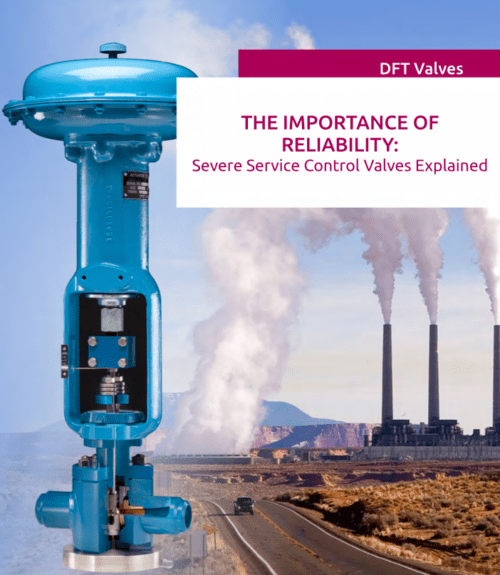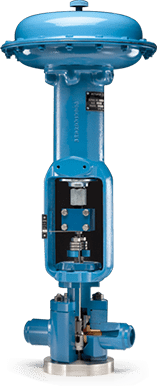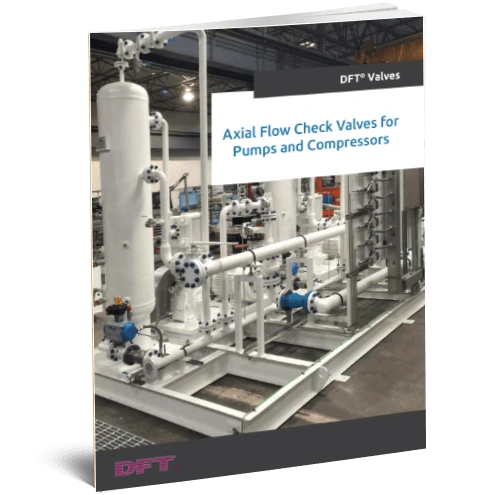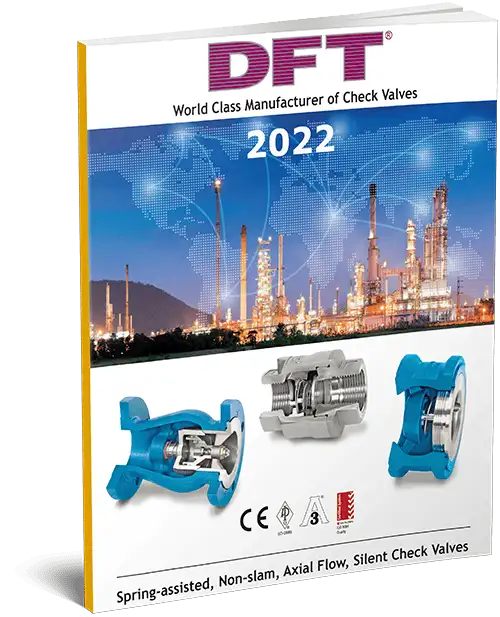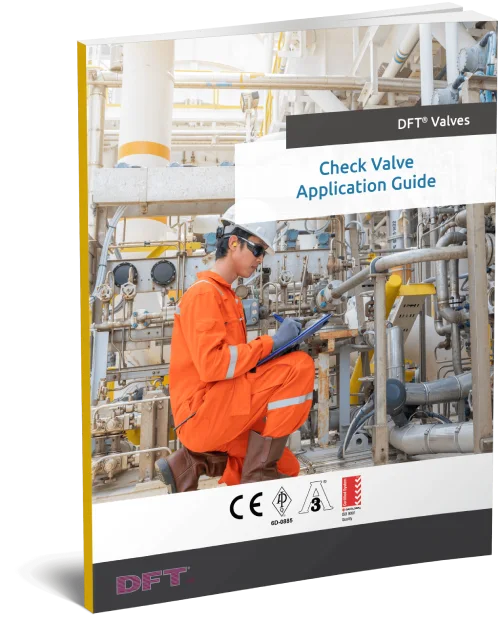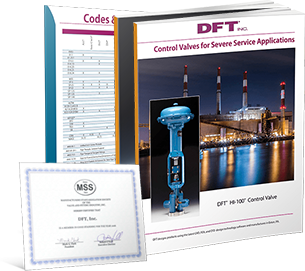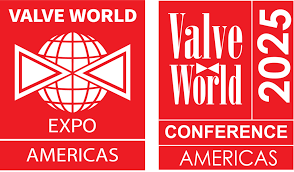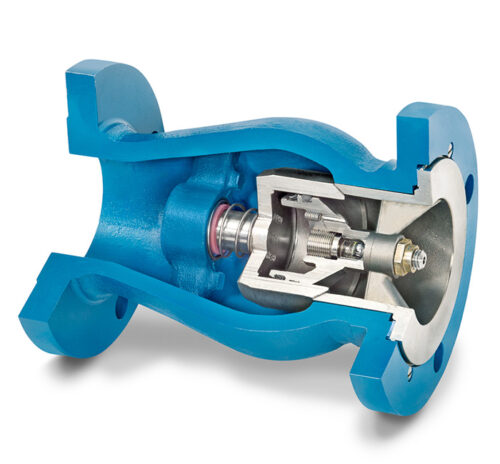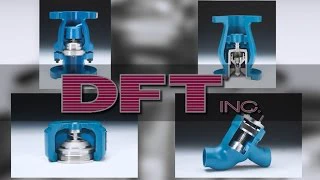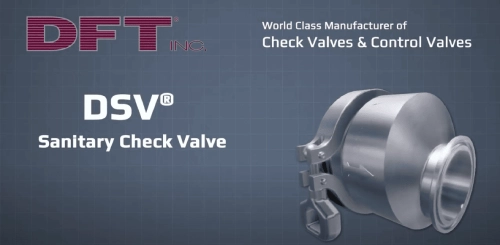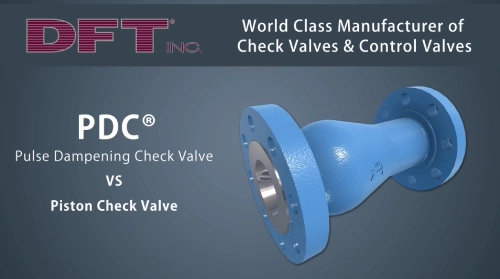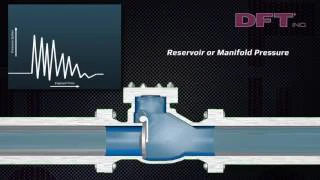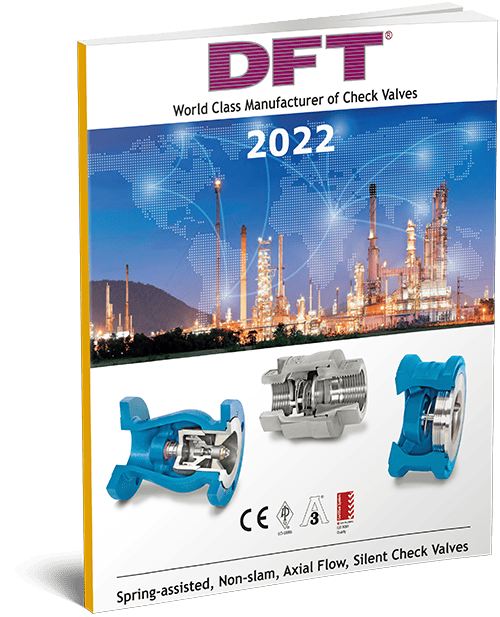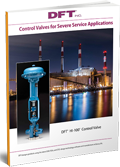Severe Service Control Valves
When it comes to control valves, there is no industry standard defining what is considered “severe service”. However, there are a few conditions characteristic of such applications, such as periodic or extended periods of high pressures, extreme temperatures, volatile chemical or abrasive compound exposure, and severe cycling. Control valves in systems exposed to these conditions must be able to retain their integrity to maintain optimal performance and prevent system failure.
For the above situations, severe service control valves are the ideal solution. When used in place of standard or general service control valves, they reduce maintenance requirements and decrease the risk of premature component failure without sacrificing system performance.
The following page provides an overview of severe service control valves, outlining the industries that use them, selection considerations, challenges to using them, and some of the types available.
Industries with Severe Service Conditions

The factors that elevate an application from standard to severe service vary based on the parameters identified. For example, while abrasive and corrosive compounds have no set level at which they characterize a severe service application, pressure and temperature levels for such applications are typically defined as pressure drops over 800 psig and temperatures over 700° F, respectively. These conditions, among others, are found in many industrial facilities, such as:
- Power plants. Equipment used in power plants—e.g., including boiler feedwater systems, turbine bypass systems, and soot blower systems— must contend with high or varying pressure levels.
- Paper mills. Paper mills use similar equipment to power plants to generate steam, so they are similarly good candidates for severe service control valves.
- Oil refineries. In oil and gas processing facilities, industry professionals perform many operations involving highly abrasive slurry mixtures.
How to Select the Right Control Valve
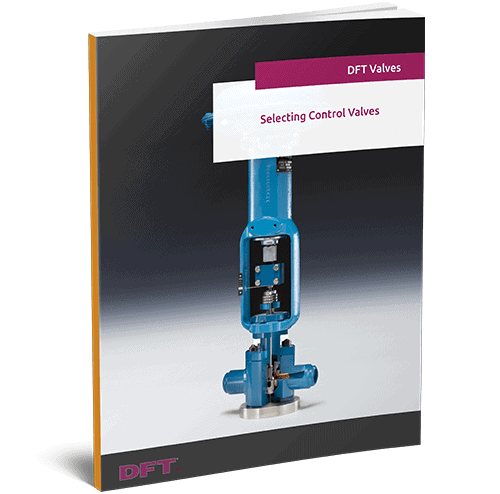 No single control valve is appropriate for every severe service application. When sourcing and selecting a control valve for a system, there are several factors to keep in mind to ensure the one chosen is appropriate, including necessary flow rates, temperature, pressure, and fluid type – use DFT’s control valve data form to collect your information. From there, it’s possible to narrow the selection down to suitable materials and desired features. Ultimately, among compatible valves, the optimal choice should offer performance and reliability at a reasonable price.
No single control valve is appropriate for every severe service application. When sourcing and selecting a control valve for a system, there are several factors to keep in mind to ensure the one chosen is appropriate, including necessary flow rates, temperature, pressure, and fluid type – use DFT’s control valve data form to collect your information. From there, it’s possible to narrow the selection down to suitable materials and desired features. Ultimately, among compatible valves, the optimal choice should offer performance and reliability at a reasonable price.
Types of Control Valves
There are five primary categories of control valves, each of which has certain advantages over the others:
- Butterfly valves. Butterfly valves feature a flat disk that rotates to regulate fluid flow. They serve as a cost-effective option that is are ideal for situations for high fluid flow with relatively constant pressure.
- Ball valves. Ball valves are rotary valves that use a ball rather than a flat disk to control flow. The ball has a bore through its center such that, when rotated into the closed position, the flow of fluid stops completely. For this reason, ball valves are often recommended for use in emergency shut-off applications.
- Eccentric Plug valves. Eccentric Plug valves are rotary valves that operate in a similar fashion to ball valves. However, they employ a rotating segmented ball rather than a complete spherical rotating ball. Despite this distinction, they remain an excellent choice for emergency shut-off or other simple on-off applications.
- Globe valves. In contrast to the above-mentioned valves, globe valves are rising stem valves. Instead of using a rotating element, they raise or lower a plug to start and stop flow. They are ideal for severe service applications as their removable control element facilitates maintenance operations.
- Straight-thru Venturi valves. Straight-thru Venturi valves combine the best features of the other more common types of control valves. They include the High-Pressure Recovery, High Cv, High Flow, and Tight Shutoff of the Butterfly and Ball style valves with the fine modulating control of the Globe Style Control Valves.
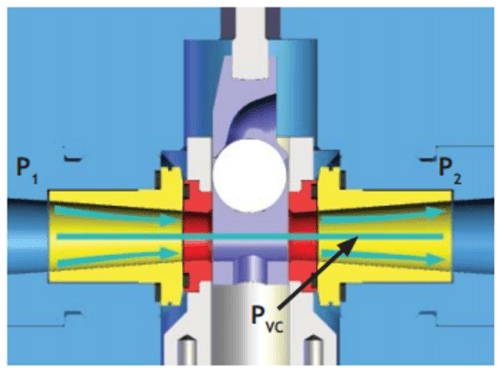
Depending on the specific conditions present in a facility, any one of these valve types might be appropriate.
Challenges Posed by High-Pressure Flow
In addition to ensuring compatibility with the system, a properly selected control valve minimizes the potential challenges posed by high-pressure or high-temperature environments, such as:
- Throttling fluid inevitably results in vibration and noise, both of which rise in intensity in high pressure or velocity applications. In extreme cases, these conditions affect the integrity of equipment and the auditory health of employees. To combat this problem, look for a valve that offers precise control over output velocity.
- Cavitation refers to a specific phenomenon in which a rapid pressure change generates small gas cavities—i.e., bubbles—which can collapse into shockwaves or high-pressure liquid jets that produce additional noise at best or damage equipment at worst.
- The vaporization of liquid can form vapor that chokes fluid flow. In gaseous fluid systems, sonic velocities result in a similar effect.
Although these challenges can be difficult to overcome, careful selection and incorporation of control valves in fluid systems is an effective method of safeguarding a facility from damage to equipment and injury to employees.
Control Valves from DFT® for Severe Service Applications
Since there are so many process variables involved in control valve selection, it can be challenging to find the right valve. At DFT®, our expert team is always on hand to help sort through data sheets and identify the most suitable valves for your application. Understanding that there is no one-size-fits-all solution for severe service control valves, we offer a few options for severe service applications that include:
HI-100® Control Valves
The HI-100® is a Straight-Thru Venturi Severe Service Control Valve offered in sizes 1” through 12” and in pressure Classes up to 4500. The HI-100® is designed based on Bernoulli principles that result in its ability to manage flashing and cavitating fluid more effectively that other designs. It is also a High-Pressure Recovery design which results in much higher Cv’s and greater flow capacities than comparable sized Globe Style Control valves. The HI-100® is a position seated design that uses the pressure in the flow stream to achieve shutoff. Therefore, the higher the pressure in the flow stream, the greater the seating force and the tighter the shutoff. The Hi-100® can achieve fine modulating control with a 200:1 turndown ratio.
HI-100® valves are also designed specifically to manage turbulence experienced in high-pressure fluid systems. The valve’s inlet includes a converging nozzle that controls the movement of fluid as it enters the valve body and a diverging nozzle in the valve outlet that aides on pressure recovery and reduces turbulence in the flow stream.
For use in severe service applications, the HI-100® is effective when 10% to 90% open under the following conditions:
- High pressure, up to 16,000 psig
- Pressure differentials of 1000 psig (69 bar) or greater
- Temperatures exceeding 800º F (427º C)
- Exposure to erosive and/or corrosive compounds
- Process fluids such as wet steam, mixed-phase, or light slurries
Ultra-Trol® Control Valves
- The Ultra-Trol® valve is a Straight-thru Venturi Control Valve that is based on the HI-100® design, but modified and specifically designed to handle abrasive fluid applications such as slurries. The Ultra-Trol® is constructed with hardened metal sleeves that are inserted into the inlet and the outlet of the valve that prevents erosive fluid from coming into contact with the valve body. As an inline, straight-thru valve, the Ultra-Trol® Control Valve offers many of the advantages of the HI-100®. The Ultra-Trol® is offered in flanged end connections in pressure Classes up to 1500.
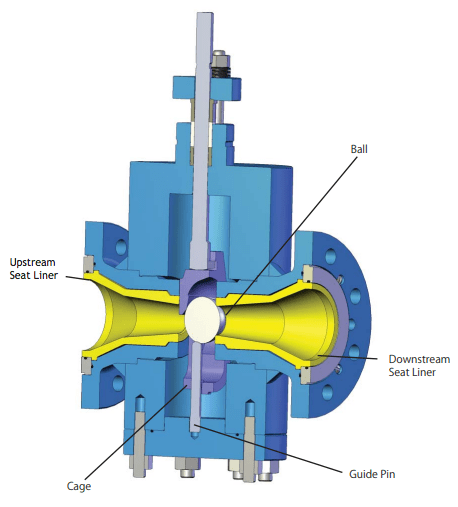
MSV-100® Control Valves
- The MSV-100® is a Straight-thru Venturi Control Valve that is based on the operating principles of the HI-100®. The MSV-100® is offered in 1” through 4” with flanged end connections in pressure Classes 600, 900 and 1500.
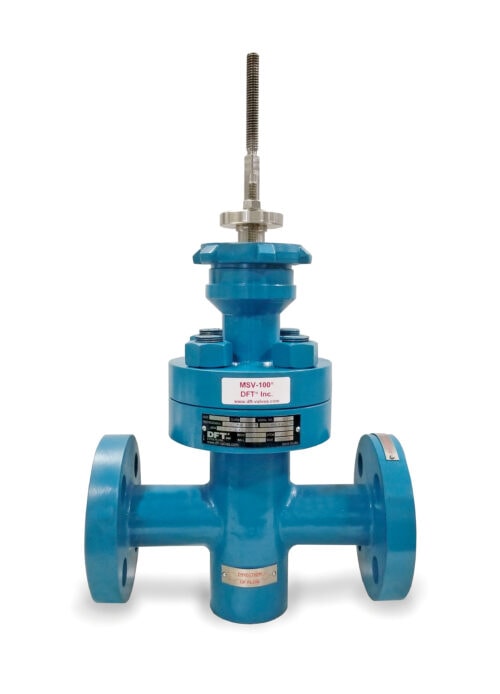
Contact DFT® For Severe Service Control Valve Assistance
For over seven decades, DFT® has served industry with superior valve solutions. If you need assistance selecting a control valve for your severe service application, check out our product page or request a quote today.

